California’s wild places are bursting with life, and some animals are thriving in ways that surprise even longtime nature lovers.
From soaring birds to elusive mammals, the Golden State’s diverse landscapes provide perfect homes for a remarkable variety of creatures.
Whether they roam forests, deserts, or coastlines, these wild animals remind us that California’s wilderness is alive, vibrant, and full of stories waiting to be discovered around every bend.
1. Mountain Lion: The Silent Shadow
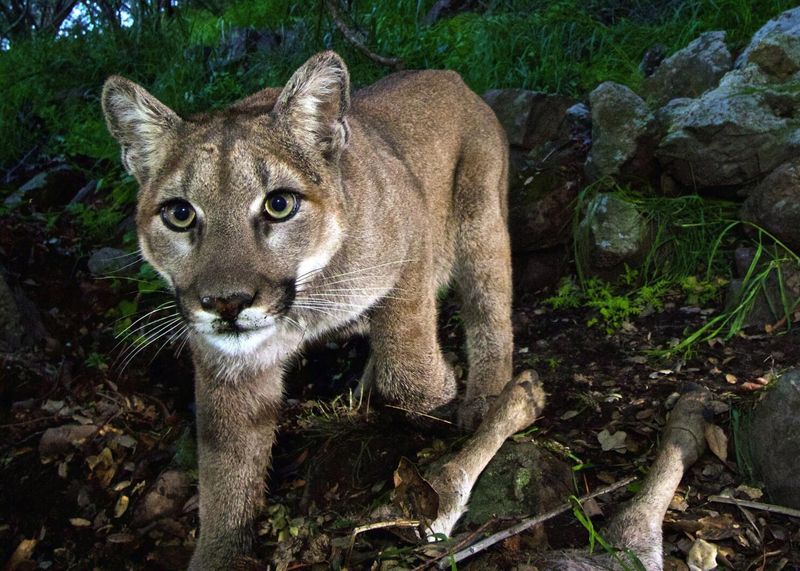
Nothing makes your blood freeze quite like spotting paw prints the size of dessert plates on your hiking trail! These majestic cats, also called cougars or pumas, have rebounded across California’s wilderness areas.
Mountain lions can leap 15 feet vertically and sprint at 50 mph when chasing prey.
Despite their fearsome reputation, they typically avoid humans, preferring deer and smaller mammals for dinner.
2. Black Bear: Berry-Loving Bruins
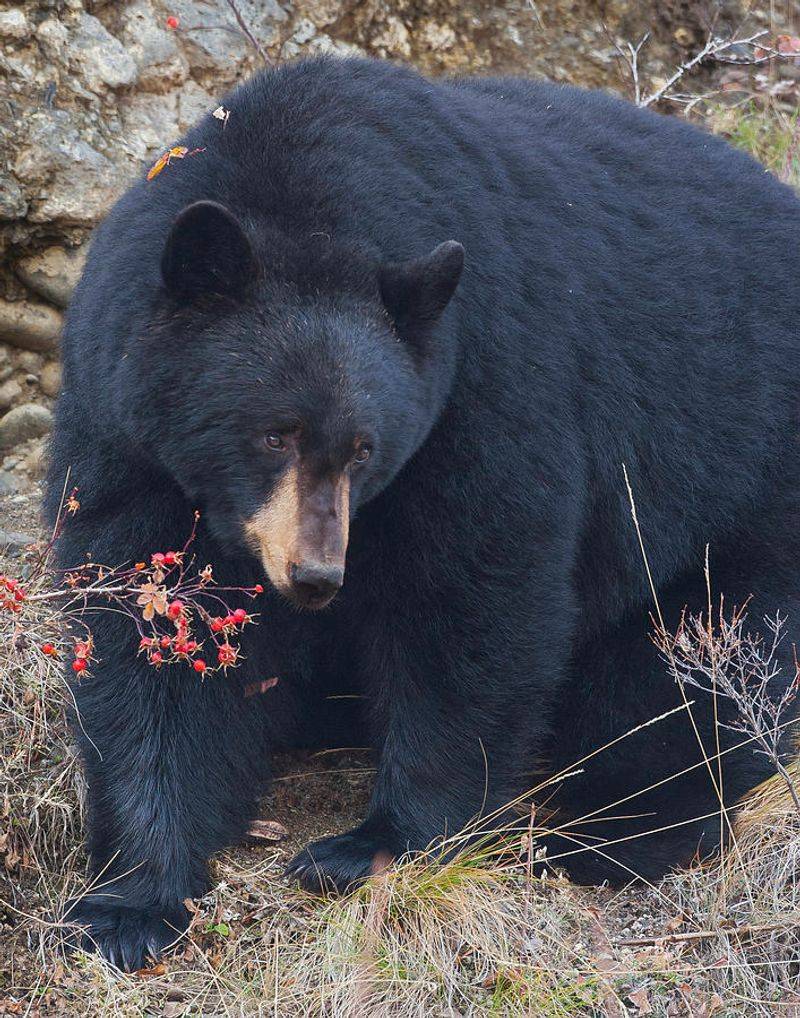
Watching a black bear delicately pluck berries with claws that could tear through bark is nature’s best contradiction.
Despite their name, these magnificent omnivores come in various colors from jet black to cinnamon brown.
California’s black bear population has swelled to roughly 30,000 individuals. They’ve mastered suburban living too, occasionally raiding trash cans with problem-solving skills that would impress any locksmith.
3. Gray Wolf: The Comeback Canine
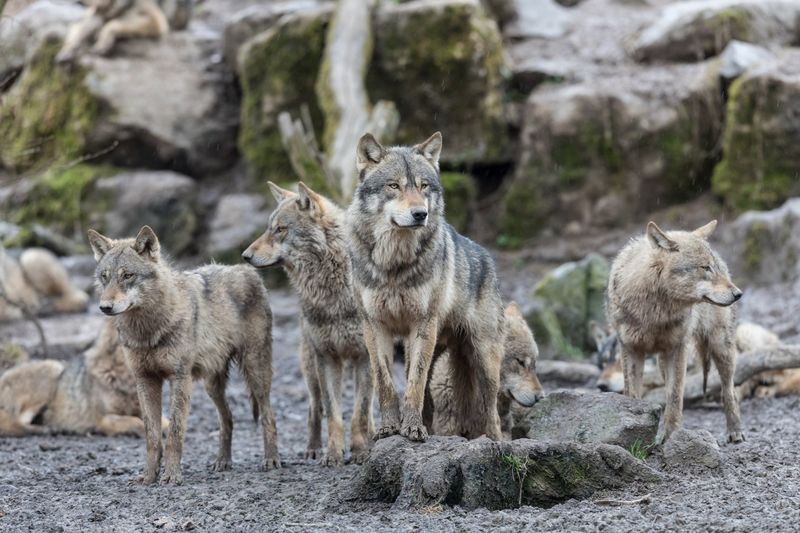
Howling back from the brink of extinction, gray wolves have quietly reclaimed small portions of their ancestral California territory.
The Lassen Pack, California’s first established wolf family in nearly a century, represents a conservation miracle.
Wolves travel up to 30 miles daily when hunting. Their return creates ripple effects throughout ecosystems, controlling deer populations and even changing how rivers flow by altering grazing patterns.
4. Bobcat: Backyard Phantom
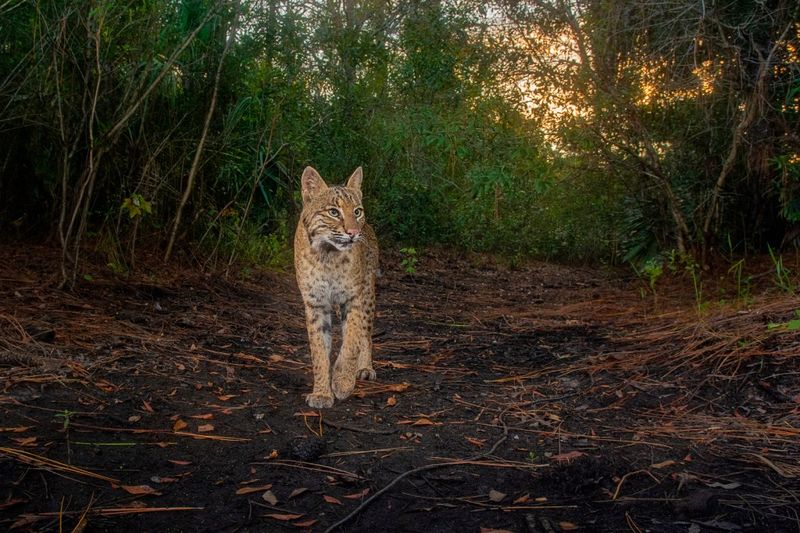
Twice the size of your housecat with attitude to match, bobcats have adapted brilliantly to California’s changing landscape.
Those tufted ears and bobbed tails aren’t just for show—they’re perfectly evolved hunting features. Masters of stealth, bobcats thrive even in suburban areas.
Their population has remained stable despite urban sprawl, proving their remarkable adaptability. They control rodent populations, making them unofficial pest managers.
5. Coyote: Urban Survivor
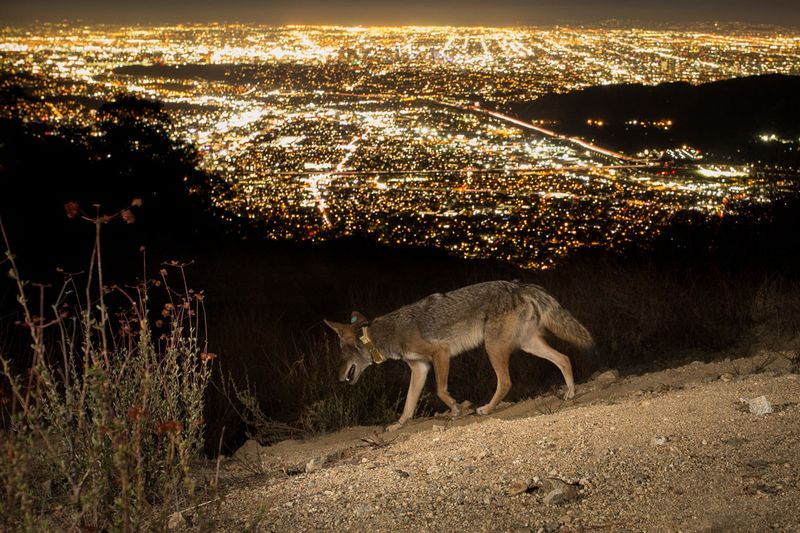
Midnight yipping concerts announce that coyotes have mastered the art of urban living better than any wild canine.
These adaptable tricksters feast on everything from rabbits to fallen fruit, making them supremely successful in diverse environments. Coyotes have expanded their range despite intensive hunting programs.
A single coyote family can control up to 15 square miles of territory. Their intelligence rivals that of wolves, allowing them to thrive alongside human development.
6. Mule Deer: Bounding Beauties
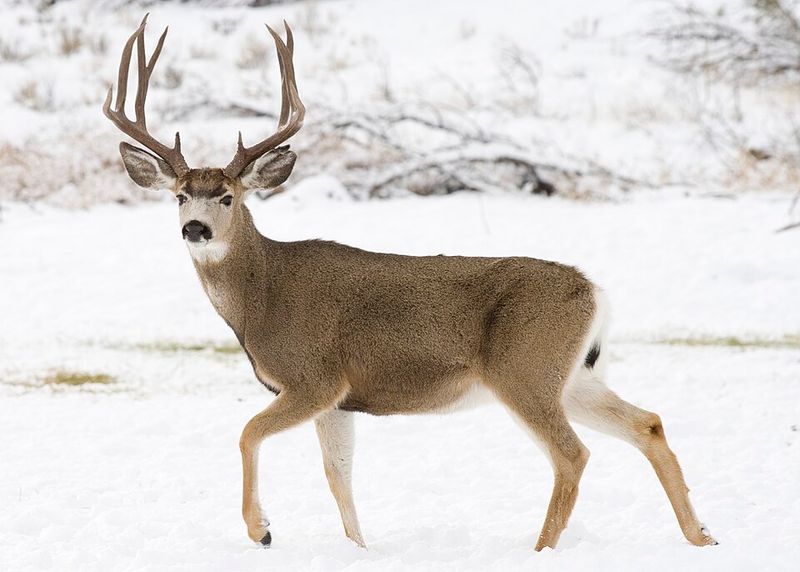
Those massive ears aren’t just for show—mule deer can rotate them independently to track predators from all directions!
Their distinctive bouncing gait, called stotting, helps them navigate California’s rugged terrain with surprising grace. California’s mule deer populations have stabilized after conservation efforts.
They can clear 8-foot fences when startled. Their seasonal migrations create wildlife corridors essential for ecosystem health across the state’s diverse landscapes.
7. California Condor: Phoenix of the Skies
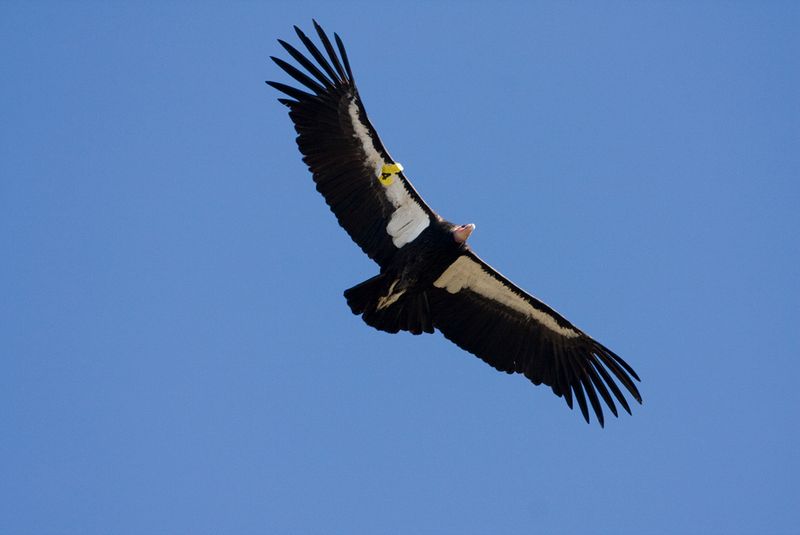
From just 22 birds in the 1980s to over 300 today, no comeback story beats the California condor’s triumphant return from extinction’s edge.
With wingspans stretching nearly 10 feet, these prehistoric-looking vultures command the skies.
Condors can soar for hours without flapping their wings. They live up to 60 years in the wild. Conservation efforts include captive breeding programs and lead ammunition bans that have slowly rebuilt their numbers.
8. Tule Elk: Grassland Giants
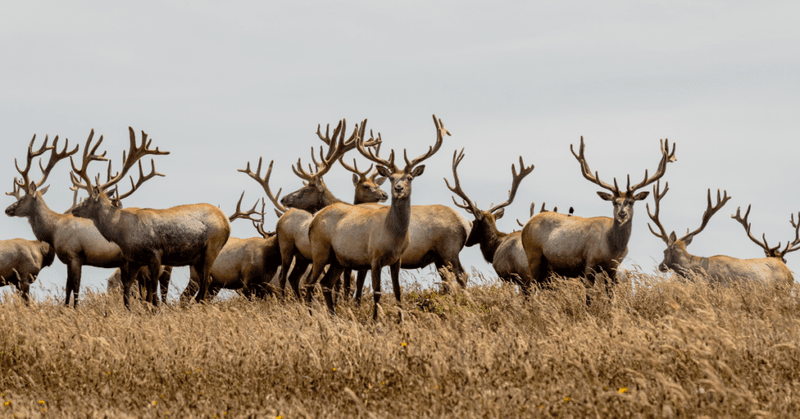
Once reduced to a single breeding pair, tule elk have multiplied to thousands across California’s grasslands.
During rutting season, bull elk’s bugling calls echo for miles as they gather harems and battle rivals with impressive antler clashes.
Found nowhere else on Earth, these uniquely Californian elk are smaller than their Rocky Mountain cousins.
They’ve adapted to coastal and valley habitats. Point Reyes National Seashore hosts one of the most accessible herds for wildlife enthusiasts.
9. Sierra Nevada Bighorn Sheep: Cliff-Climbing Champions
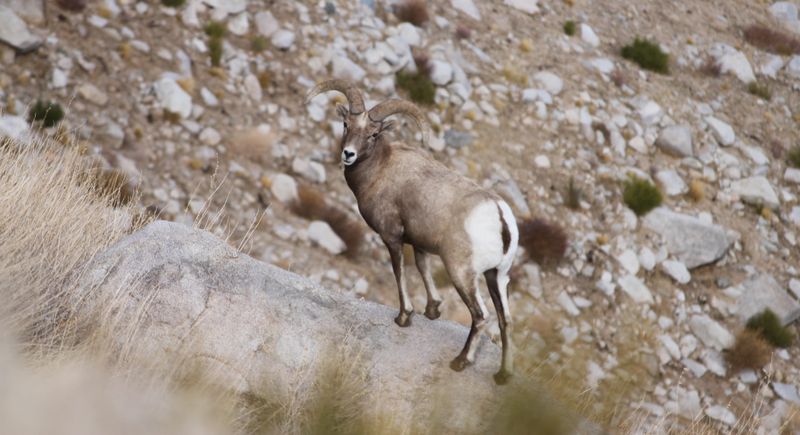
Gravity seems optional for these alpine athletes who scale near-vertical cliffs with casual ease. Sierra Nevada bighorns were down to just 100 individuals in the 1990s but have bounced back to over 600 today.
Their specialized hooves have soft centers for grip and hard edges for durability on rocky terrain.
Rams’ massive horns can weigh up to 30 pounds. Winter finds them at elevations exceeding 10,000 feet, where few predators dare follow.
10. Desert Bighorn Sheep: Heat-Defying Herdsmen

Thriving in scorching temperatures that would drop a human in hours, desert bighorns have mastered desert survival like no other large mammal.
Their specialized cooling system allows them to go days without water in California’s harshest environments.
Desert bighorns can lose up to 30% of their body weight to dehydration and recover completely after drinking.
Their population has stabilized after decades of conservation work. Those distinctive curved horns grow throughout their lifetime, never stopping.
11. California Tiger Salamander: Underground Survivor
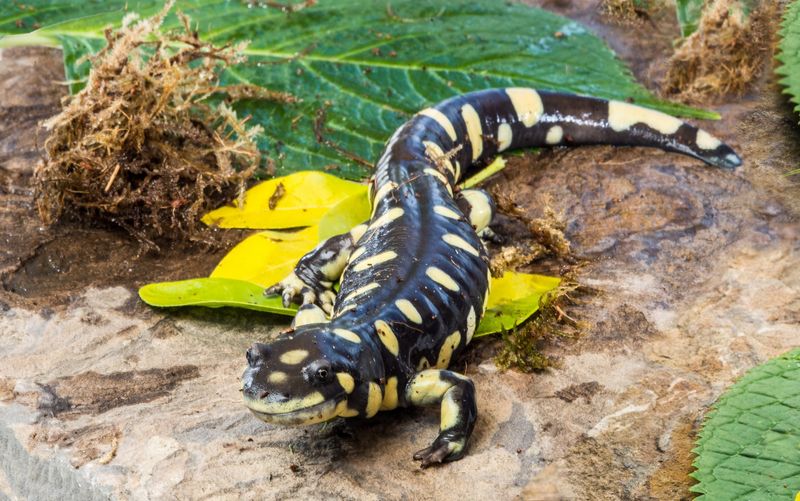
Yellow polka dots on a black background make these amphibians nature’s fashion statement! California tiger salamanders spend most of their lives underground, emerging only during rainy nights for brief breeding frenzies.
Despite habitat loss threatening their existence, conservation efforts have helped stabilize populations in protected areas.
They can live 10+ years and grow to 7-8 inches long. Their prehistoric appearance hasn’t changed much in millions of years.
12. Mountain Beaver: Not Your Average Rodent

Despite the name, mountain beavers aren’t beavers at all—they’re living fossils, barely changed in 40 million years!
These primitive rodents build elaborate underground tunnel systems throughout California’s coastal mountains. Mountain beavers lack the ability to concentrate urine, requiring them to drink water daily.
They’re solitary creatures with poor eyesight but excellent digging skills. Their numbers remain stable in California’s remote forest regions despite their specialized habitat needs.
13. California Quail: Topknot Troopers
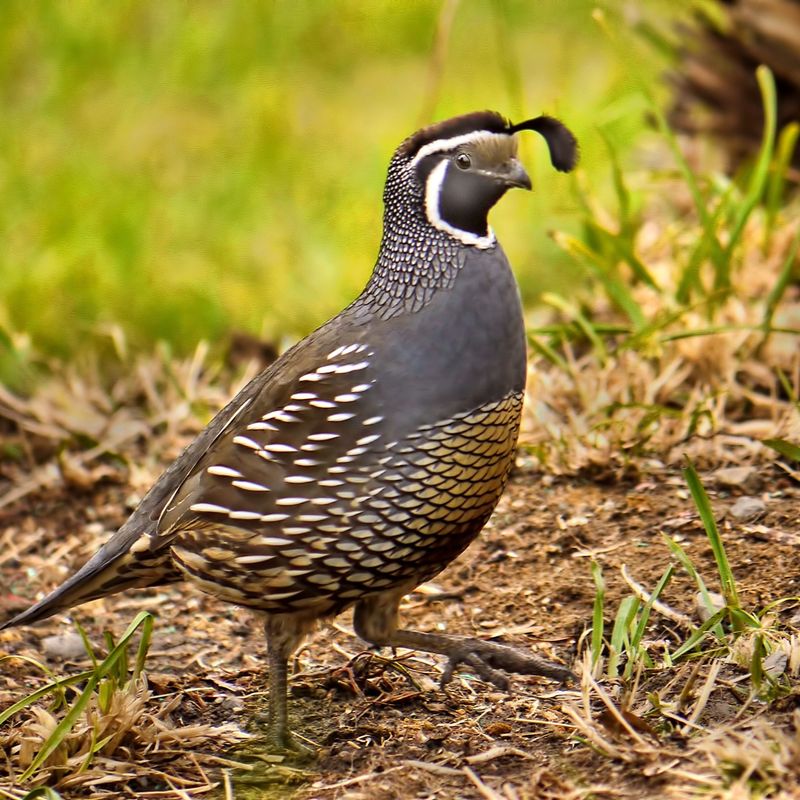
That bobbing comma-shaped plume atop their heads makes California quail instantly recognizable as our state bird.
Their distinctive “chi-ca-go” call announces family groups, called coveys, that can number up to 100 birds during winter months.
California quail populations remain robust despite urbanization. They practice “sentinel behavior” where one bird stands guard while others feed.
Their chicks can run almost immediately after hatching, following parents in adorable single-file lines.
14. Western Gray Squirrel: Acorn Aristocrats
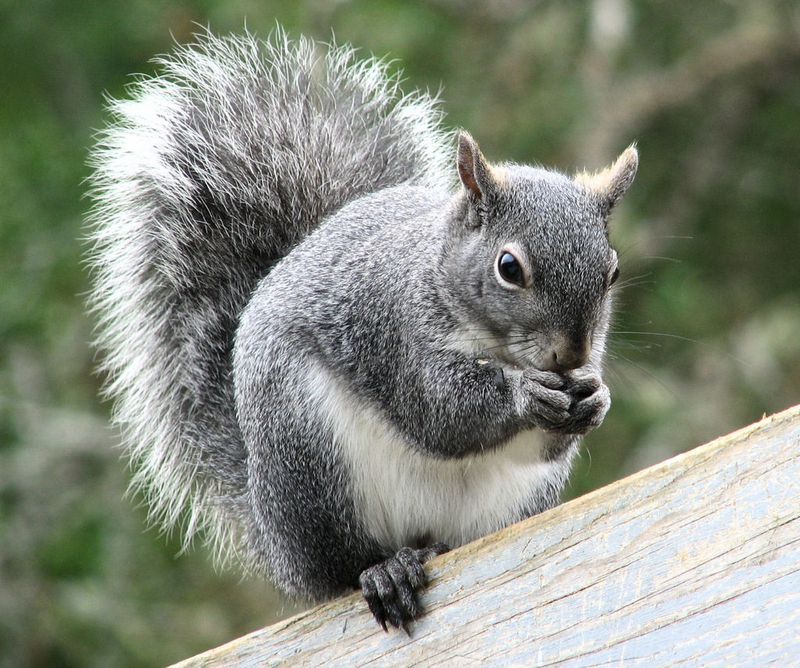
Sporting luxurious silver-gray fur and a tail nearly as long as their body, western gray squirrels are California’s native tree acrobats.
Their impressive leaps between branches would make Olympic gymnasts jealous.
These native squirrels plant thousands of trees annually by forgetting where they buried their acorn caches. They build multiple nests called dreys throughout their territory.
Their populations have stabilized in many California forests despite competition from introduced eastern gray squirrels.
15. North American River Otter: Aquatic Acrobats
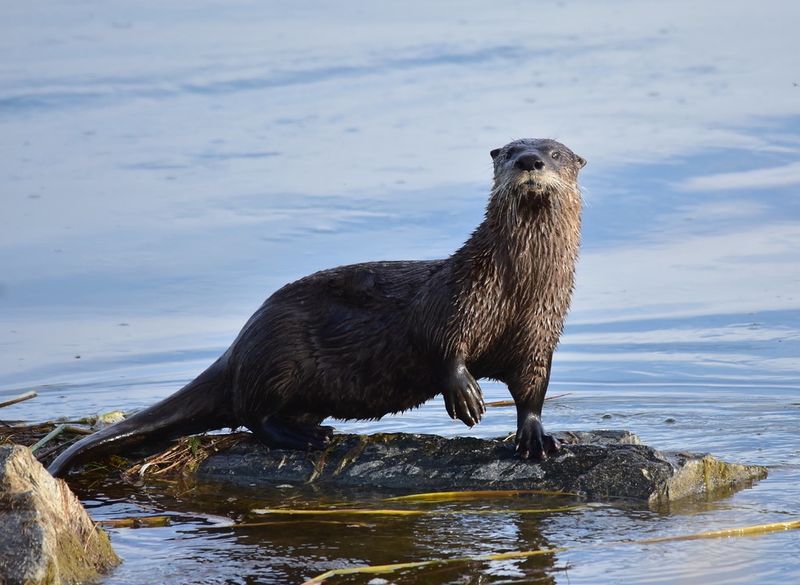
Belly slides aren’t just for playgrounds—river otters turn every muddy bank into a natural water park!
These charismatic mammals have reclaimed many California waterways after decades of pollution threatened their existence.
River otters can hold their breath underwater for up to eight minutes while hunting. Their dense fur contains up to one million hairs per square inch.
San Francisco Bay’s otter population has made a remarkable comeback, delighting kayakers and waterfront visitors.
16. Desert Tortoise: Ancient Wanderers
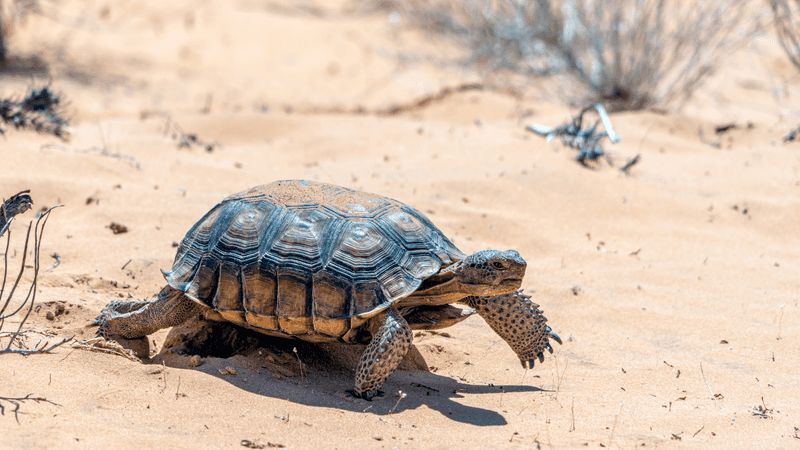
Carrying their homes on their backs for up to a century, desert tortoises are living time capsules of California’s Mojave landscape.
Their burrows, which can extend 30 feet underground, create habitat for dozens of other desert species. Desert tortoises can go a year without drinking water, extracting moisture from desert plants.
Their populations have stabilized in protected areas. A single tortoise might roam over 1.5 square miles of desert throughout its long life.
17. California Sea Lion: Coastal Comedians

Barking louder than a kennel of dogs, male sea lions create a symphony that’s the authentic soundtrack of California’s coastal piers. Their remarkable agility both in water and on land makes them natural performers.
California sea lion populations have exploded to over 300,000 along the Pacific coast. They can dive to 900 feet and hold their breath for 10 minutes.
Pier 39 in San Francisco hosts hundreds of these charismatic mammals, turning a tourist spot into a thriving wildlife sanctuary.
